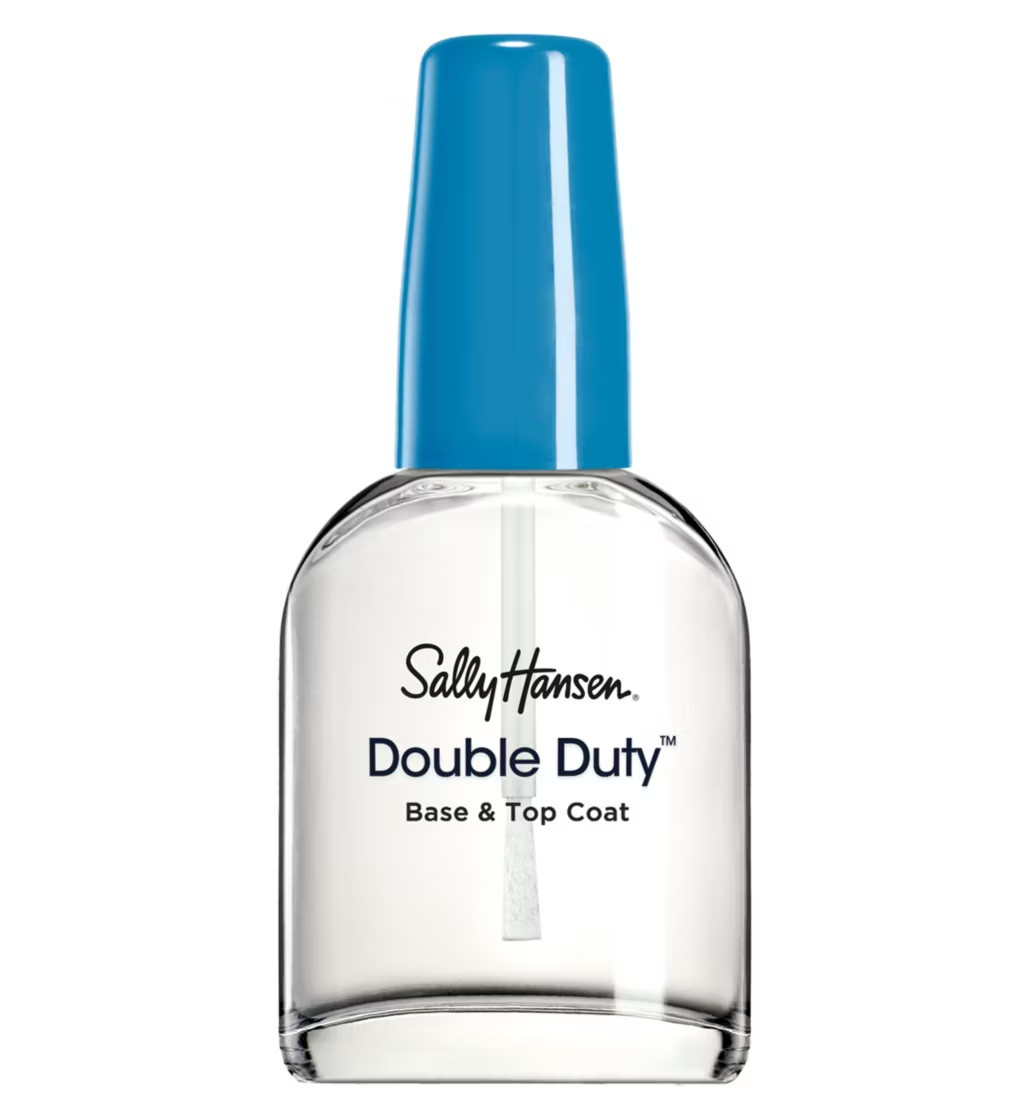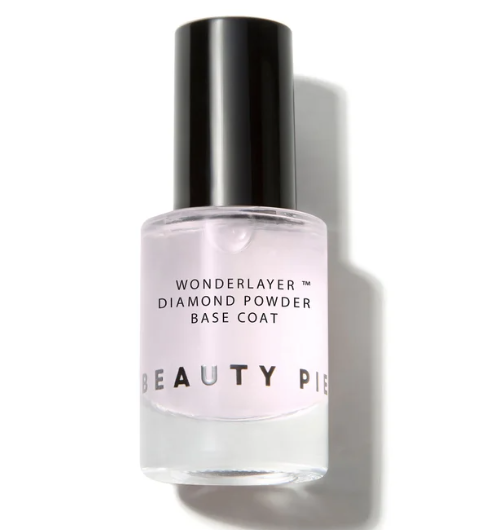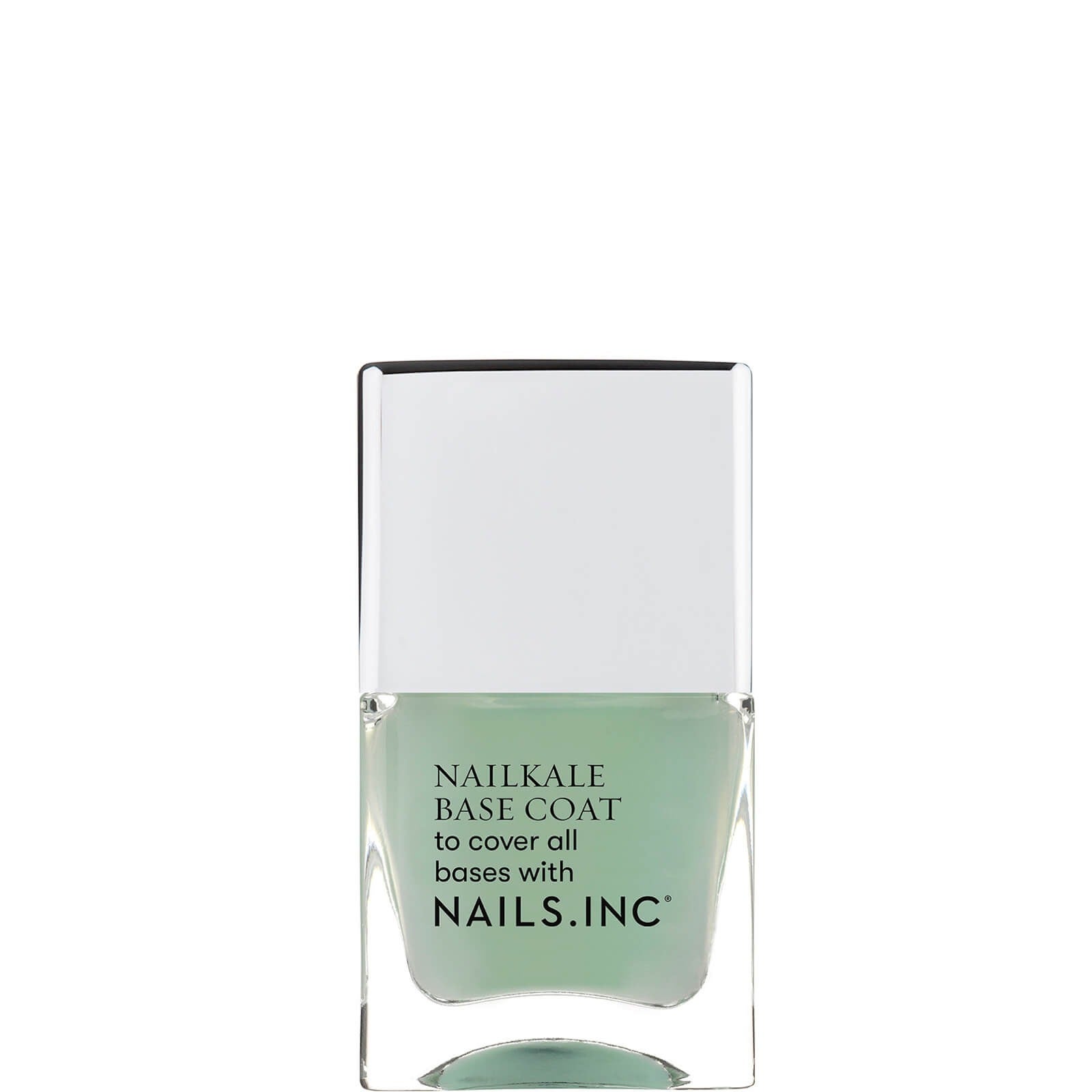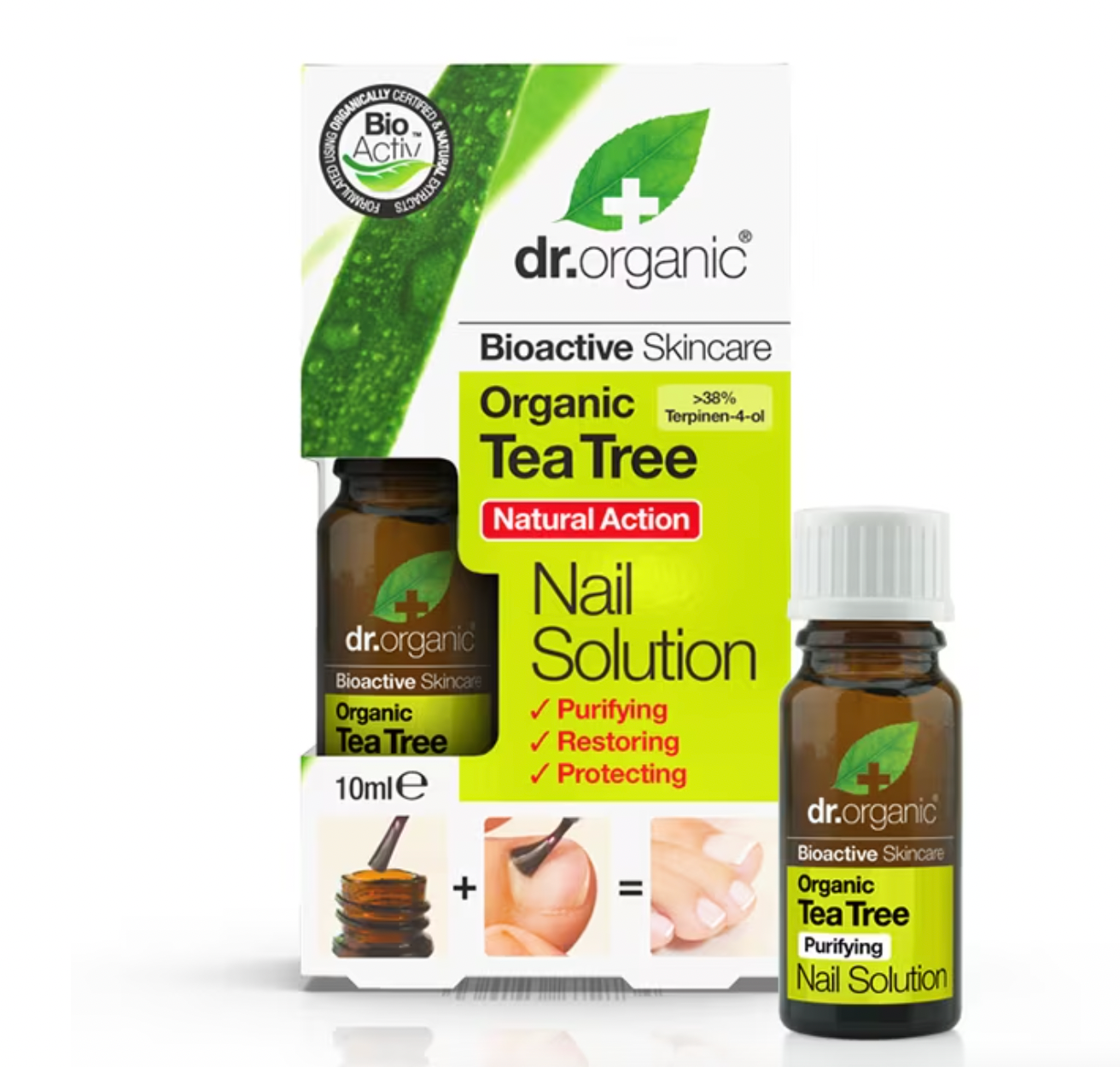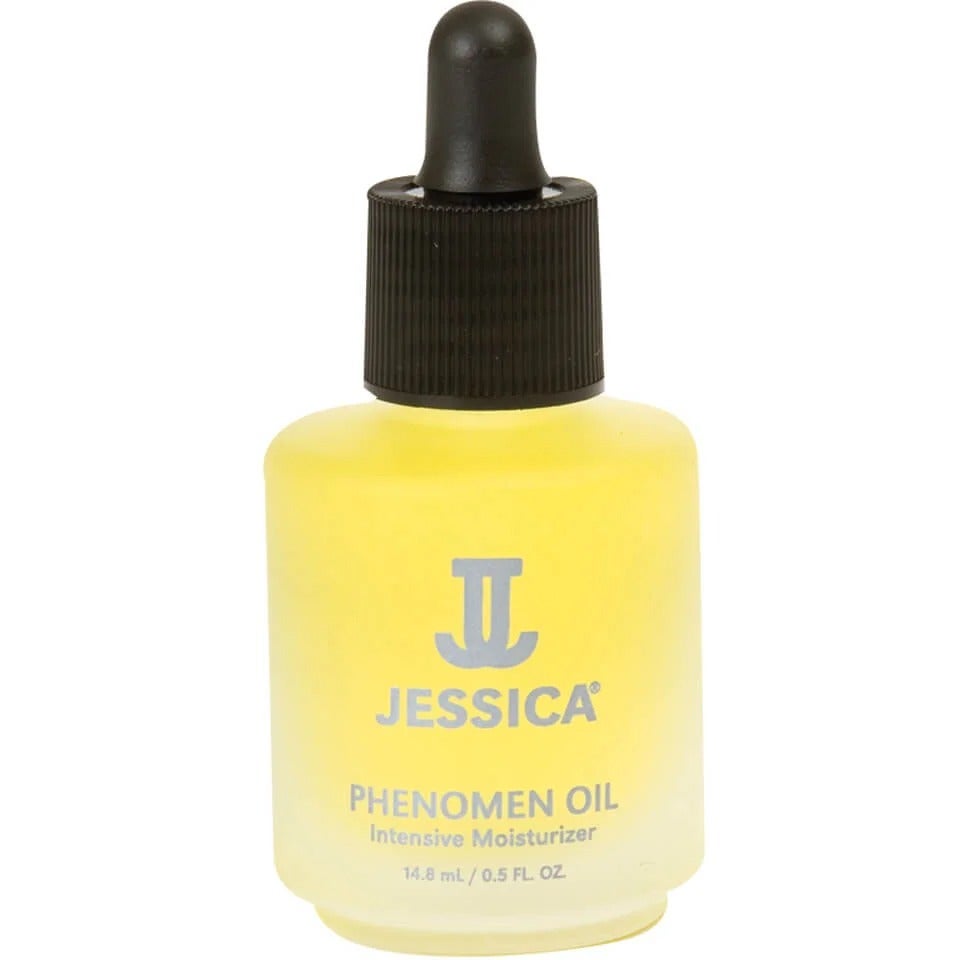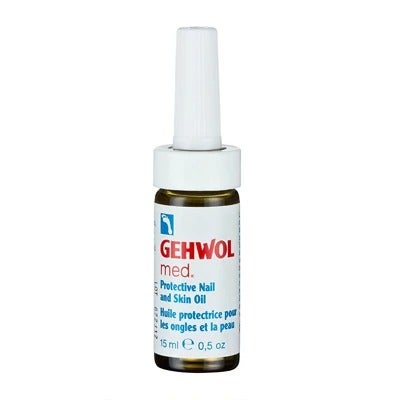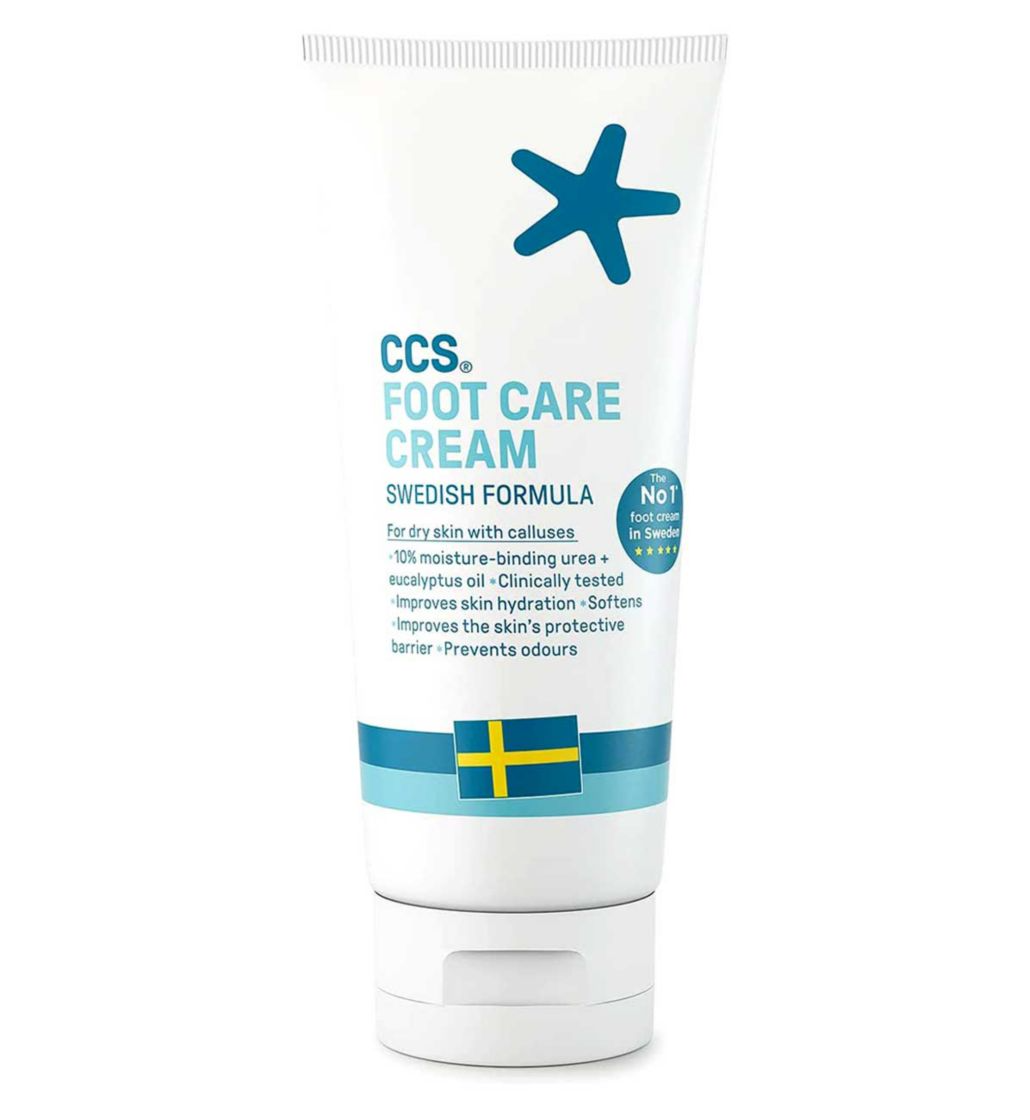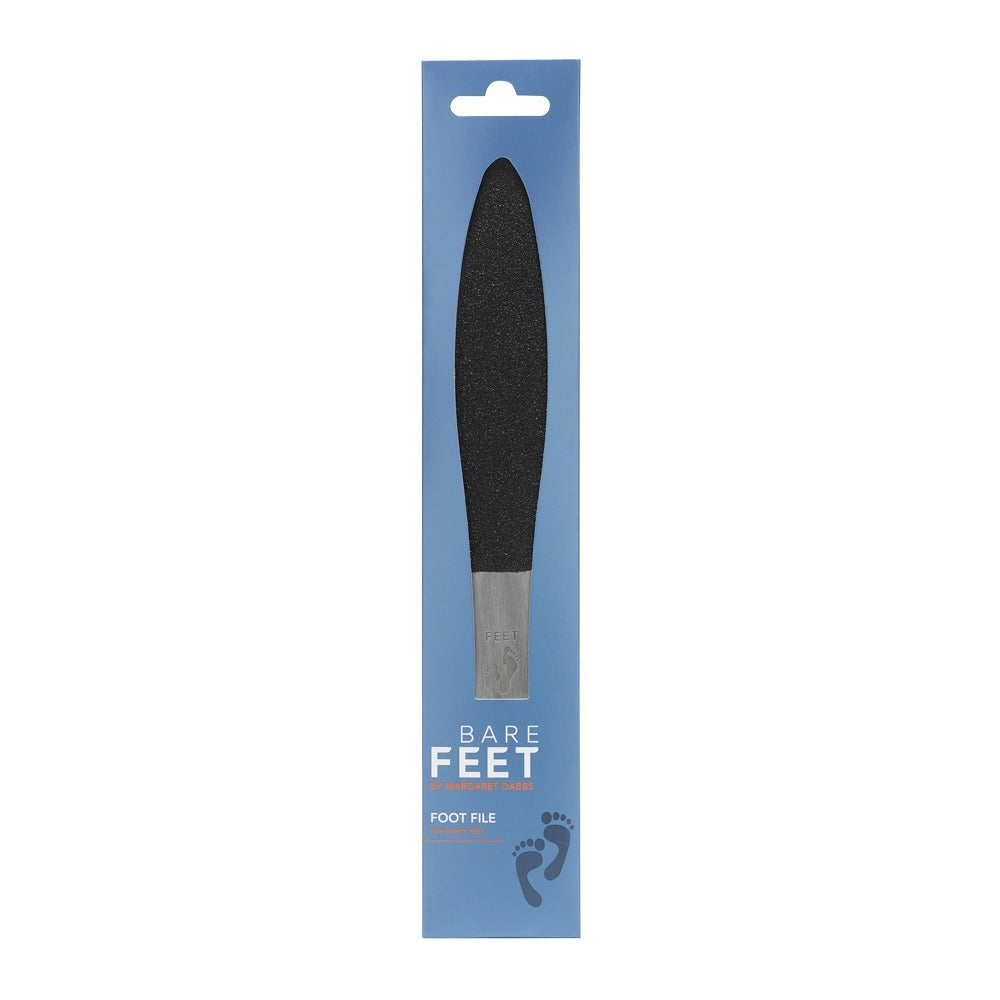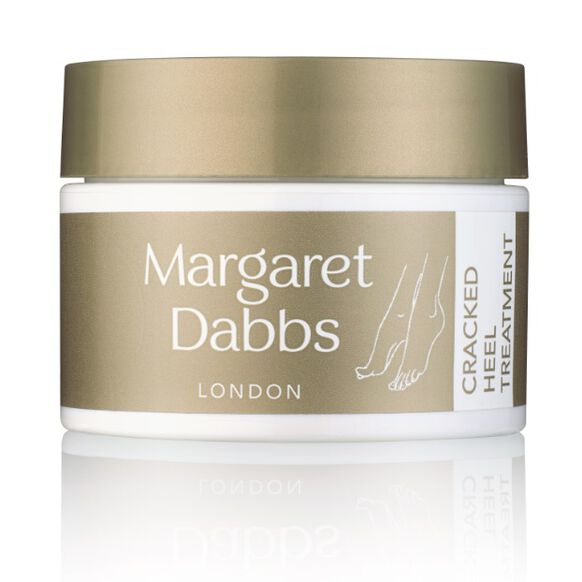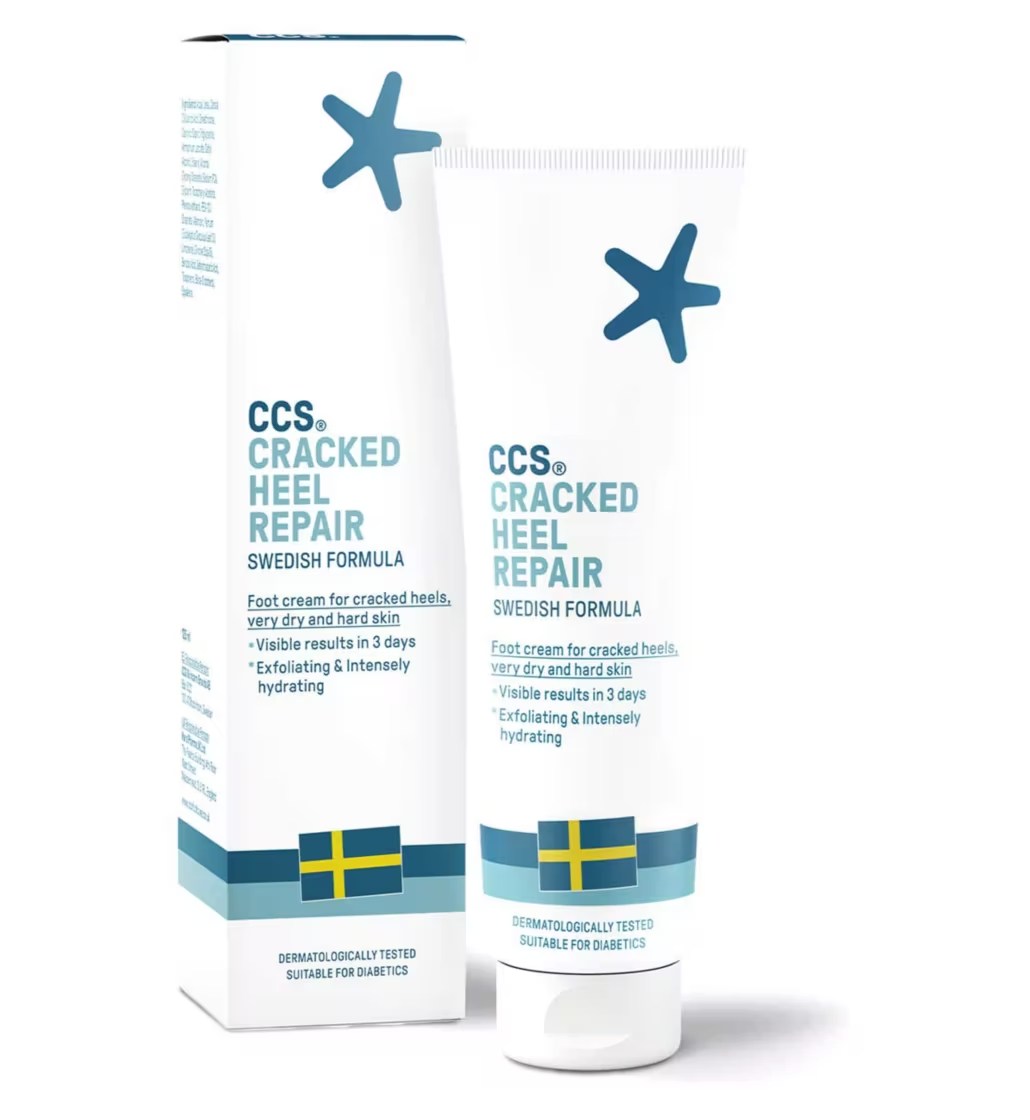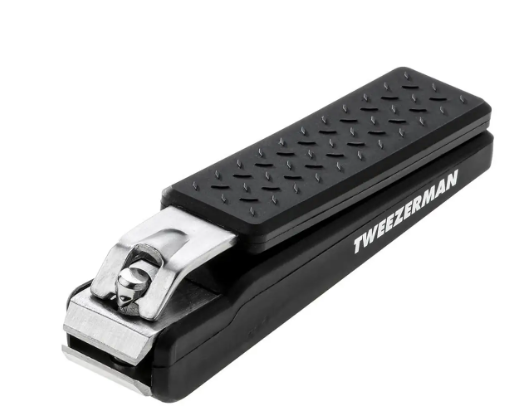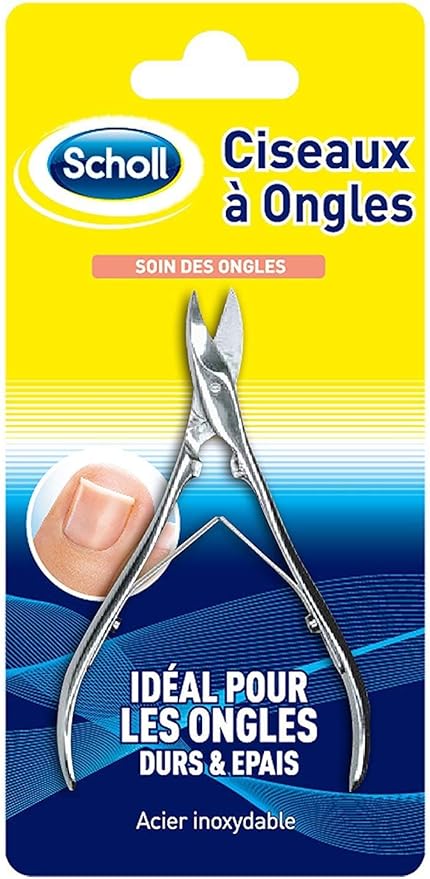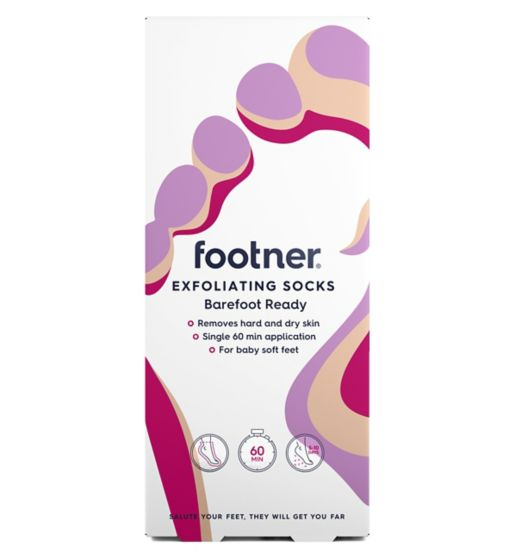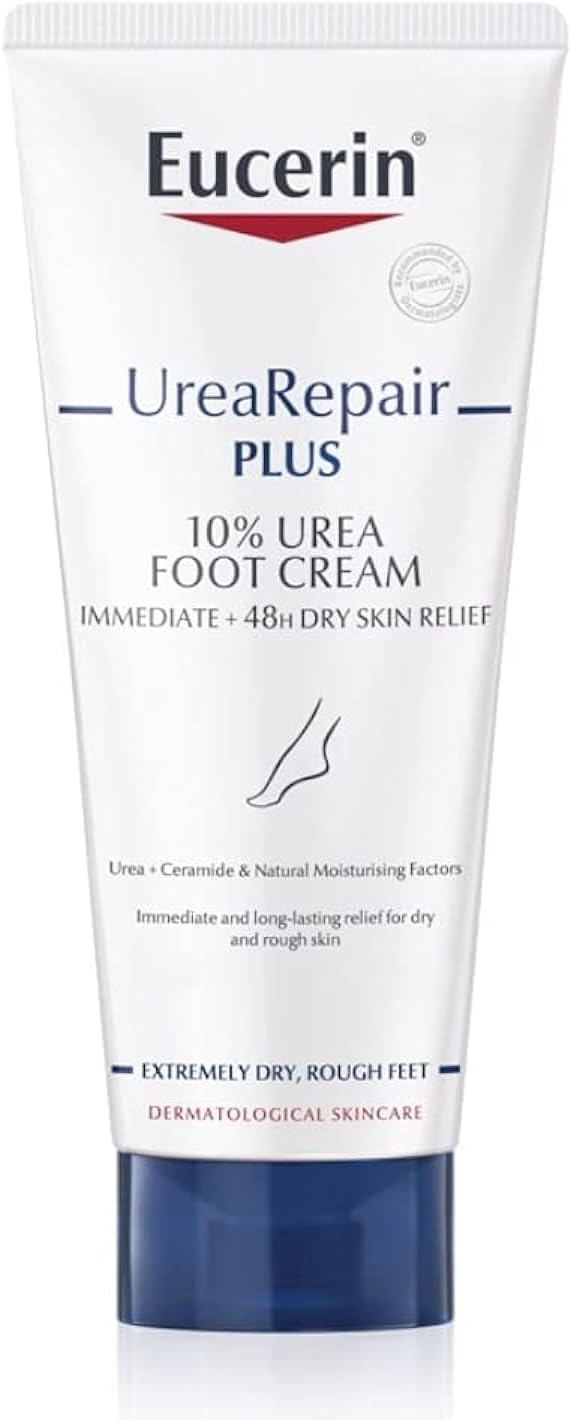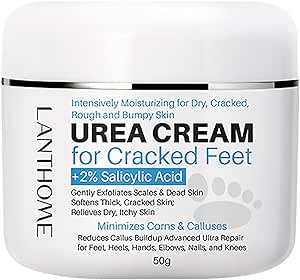9 Pedicure Tips To Spruce Up Dry Feet, From A Top London Foot Doctor
All linked products are independently selected by our editors. If you purchase any of these products, we may earn a commission.
Photographed by Eylul Aslan.
London-based podiatrist Dina Gohil has earned herself the rather wince-inducing name 'the foot-scraper' but her credentials go so much further than simply filing away calluses. Her hundreds of loyal clients come from every corner of the UK with one goal in mind: to transform their tired feet.
A booking can combine everything from nail repair and stopping infections in their tracks (more common than you might think, actually) to assessing the compatibility of your footwear. Spring is one of Dina's busiest times of year, with everyone cramming in appointments ahead of sandal season.
My feet have been stuffed inside hefty biker boots for the first months of the year, so it's safe to say that they're in a bad way. I'm talking cracked heels, hard skin and potentially ruined toenails (thanks to my polish obsession, they haven't seen the light of day for years). With summer just around the corner, I had to pay Dina a visit — and what I learned about looking after my feet is definitely worth sharing. So here's how to get a podiatrist-worthy pedicure at home, whatever your budget.
AdvertisementADVERTISEMENT
Give your toenails a break from polish
Nail polish on fingernails seems to last all of five minutes. On toenails? That stuff could survive anything. But just because it sticks around forever doesn't mean you don't need to remove it every once in a while. According to Dina, it's important to give your toenails a break, otherwise they could end up looking mottled and discoloured (like mine).
"If you're a serial nail-painter, give yourself a break in between," says Dina. "Even a couple of hours will do, to give them a chance to replenish themselves. But if you can do a week, that's fantastic." After taking off your polish (Dina isn't too fussed about opting for something acetone-free, unless that's your preference), she recommends soaking your feet in a bowl of warm saltwater for a few minutes. Once they're dry, you can apply a fresh coat of polish. "I'd renew polish every two weeks."
Never skip the base coat
It can be tempting to swipe on polish and go, especially when warm weather sneaks up on you. But Dina hits home the importance of always starting off with a base coat. "You should be using a base coat every time but a lot of people are guilty of not doing that. There are a lot of chemicals that go into nail polish and they do affect the nail bed." Dina says that applying polish to naked nails can result in a discoloured nail plate, where toenails can become white and chalky, even yellow. "If you're someone who hasn't noticed a change, you're just lucky, because polish can weaken the nail and it makes you susceptible to things like fungal infections, dryness, brittleness and flaking — things you want to avoid."
AdvertisementADVERTISEMENT
Oils can transform your nails
Manicurists always extol the virtues of a slick of cuticle oil but dedicated toenail oil is a thing, too, and it can breathe new life into feet that are a little worse for wear. It doesn't have to be expensive. "After soaking your feet, use an oil to rehydrate your nails. My favourite is actually vegetable oil, which works miracles for your toenails. It helps prevent splits, aids hydration and the overall texture of toenails, and it has benefits for the rate at which they grow."
Even Dina's clients are sold. She advises applying just a little bit of oil onto dry toenails and massaging it in with your fingers. Sometimes Dina mixes the vegetable oil with a couple of drops of tea tree oil, which is naturally antibacterial. In clinic she also swears by GEHWOL Protective Nail and Skin Oil, £8.95.
Use a flat foot file
People ask Dina if they should be using metal foot files — contraptions which almost resemble a cheese grater (ouch) — but she will always advise against them. "You're not going to know how much skin you need to take off, and you can cause a lot of damage. It's just not worth it, so don't use those." In fact, they have been banned from lots of podiatry clinics and nail salons recently.
Instead, Dina loves flat foot files, which look like big nail files, over the likes of other foot scrubs, pumice stones or e-files (like the Scholl Electronic Foot File, £39.99). "I'm obsessed with these," says Dina, "but always remember to file on dry feet. I'm not a fan of using this tool on wet skin, just because you can take off too much and it can be quite sore." She has a simple trick: "Do three long strokes, then touch your feet to see how they feel. If they're still a bit rough, do another three and then stop." Dina suggests using a tool like this several times throughout the week, rather than aiming to get everything off in one hit. "A lot of people leave it and then scrub, scrub, scrub. You don't want to do that!"
AdvertisementADVERTISEMENT
Dina suggests following with a targeted foot cream (she loves CCS Foot Care Cream, £8.99) to replenish what you've taken away with the file.
Rethink using gel toenail polish
Just like your fingernails, when you leave gel polish on toenails for too long, they can end up damaged. "I've seen clients who have had gel polish on for six weeks and panic that something has happened to their toenails," she says, referring to a weak, brittle and mottled appearance.
Dina mentioned that gels are not a great option if your feet are often exposed to wet conditions, for example in sweaty socks or work boots. "It's easy for fungal nail infections to set in," she says, "and if you're using gels to mask a fungal infection, you're going to make it worse."
Symptoms of a fungal nail infection include discolouration, which can appear white, yellow or dark brown, while some people find that their nails feel thicker and are painful, or they notice a prominent smell. It's not all bad, though. Dina says that fungal nail infections can be treated easily by a podiatrist. If you keep gels on for a week or two and then have them removed, you give your toenails more of a chance to be hydrated and replenished.
Not all creams are created equal (for feet)
Dry feet are down to a combination of different things, says Dina. They include exposure to the elements (for example very hot or cold weather), how hydrated you are (which is why it's important to up your water intake) and genetics. Dina also pinpointed skin-drying medication (an example would be Roaccutane for acne) and hormones, which can cause dry skin changes. But the biggest contributor to dry skin is simply not moisturising enough. "A lot of people forget this," says Dina, "but when you're standing in the shower or the bath, you're exposed to things in the soapy water," which can be drying. "Would you wash your face and not put moisturiser on afterwards?"
AdvertisementADVERTISEMENT
In other words, foot cream is a must. But it has to be a targeted foot cream. "Not a body cream and not E45, which I often see people having used in clinic. Opt for a foot cream which has skincare ingredient urea in it to really moisturise the skin." Alongside CCS Foot Cream, which contains urea, Dina uses CCS Cracked Heel Balm, £11.49, on her own feet. "It goes a long way," she says. "Really massage the cream in and don’t just put it on your heels. Put it on top of your feet, too."
The trick to trimming your toenails
'Should toenails be cut wet or dry?' is a much-googled question, as is ‘Which tool is best to trim them with?’. Dina says that both come down to personal preference. "Whether you use nail scissors or clippers, it's up to you — both are fine as long as they're clean and you feel comfortable using the tools. You also don't have to cut your toenails after a bath or shower. But if you can, try and do it when your toenails are dry."
Dina says it's always best to leave a small white tip to the toenail, rather than cutting down to the skin. She also advised being mindful of the shape. "It's not necessarily true that you have to cut your toenail straight across," says Dina. "Look at the fleshy aspect of your toenail and see the shape before the nail. Is yours more curved or straight? Follow that as a guide, and make sure there are no sharp corners. You can even enlist a skinny nail file to buff the corners to make sure they're nice and smooth."
AdvertisementADVERTISEMENT
Exfoliating socks don't have to be scary
Exfoliating socks all but ruled TikTok a few years ago, thanks to their gruesomely fascinating effects. The results are not for the fainthearted, as very thick, dry skin tends to peel off in layers. But these socks are great to use, says Dina. "You might leave bits of skin everywhere but they're gentle. If you follow the instructions — 60 minutes on and then wash off the residue — you can't go wrong, especially if you have very thick skin." Just don't be tempted to pull off the skin before it's ready. "Otherwise, you're exposing raw skin that isn't ready to shed away," which could be painful, says Dina.
And what about the latest viral hack of using glycolic acid toner on dry, cracked feet? "Mildly exfoliating acids can help," says Dina, "but is it a long-term solution? Probably not. Some cracked foot creams have lactic acid in them [like her failsafe CCS Foot Care Cream] but make sure it also includes urea, which is a really moisturising ingredient. TikTok hacks can be a bit of a fad and while this can be done, you ideally want something that's clinically proven, designed for your feet and that won't cause you damage with long-term use."
How to tell if your feet need more than just cream
If you’re wondering how to get rid of dry skin on your feet, there's an easy way to tell if you simply need a little cream or whether the problem goes a bit deeper. "Superficial dry skin might present as white skin with some lines," says Dina. "A great way to check is to wet your feet and have a look at the sole. If you can't see the lines, it's superficial. When they're very deep, you'll still see the cracks," which could suggest that your dry skin is more of a chronic condition. If that's the case and foot cream isn't cutting it, it might be time to book in with a podiatrist for a better solution.
AdvertisementADVERTISEMENT







